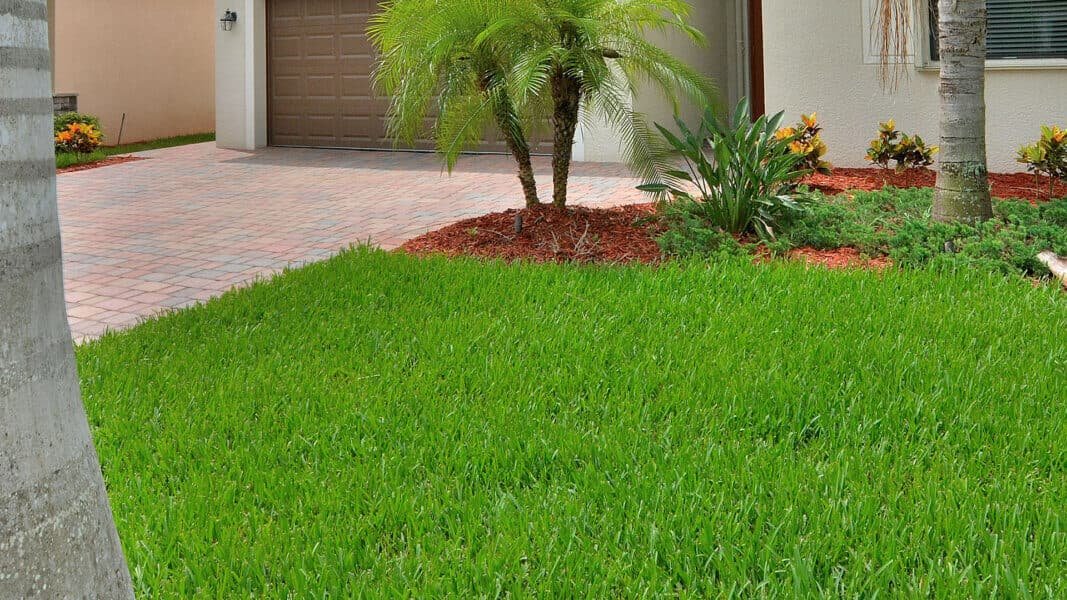Year-Round Lawn Care Tips for a Healthy, Vibrant Yard
Maintaining a beautiful, thriving lawn requires more than occasional mowing or watering—it requires a thoughtful, year-round approach. Thoughtful techniques, proper timing, and products chosen for your region all contribute to lush results. If you want to achieve your best lawn, consider how lawn care services in Redding, CT can professionally support seasonal tasks unique to your area’s climate. You’ll encourage resilient turf and long-lasting curb appeal by applying tailored strategies every season.
Regular care throughout the year, attention to seasonal requirements, and smart cultural practices create healthier soil, fewer weeds, and vibrant growth. In each phase, simple maintenance, combined with targeted actions, can make the difference between tired grass and a lawn that’s the envy of the neighborhood. Read on for expert-backed annual lawn care strategies to maximize the health of your yard.
Whether you handle maintenance on your own or enlist support, ongoing effort pays off in fewer bare spots, reduced weed pressure, and a lawn that weathers environmental stress. Building healthy root systems and a dense turf base is a continual journey, but the outcome is a yard that stands out in any season.
Besides the basics, paying attention to soil testing and amending your lawn’s foundation over time has a big impact. Focused efforts in the spring and fall, paired with smart summer and winter care, help your lawn thrive no matter the weather or lawn type.
Spring: Awakening Your Lawn
After the cold months, your lawn emerges ready for renewal. Spring is critical to wake up your yard and setting the foundation for healthy growth throughout the year.
1. Dethatching and Aeration
Over winter, thatch—layers of dead grass and roots—can build up and block water, air, and nutrients from reaching the roots. Raking or dethatching removes this barrier, reviving soil health. Aeration further improves drainage and encourages deeper root development, especially in compacted areas. According to Better Homes & Gardens, once or twice annually, core aeration can prepare grass for robust spring growth.
2. Overseeding
Patches and thin spots benefit from overseeding with region-specific grass. This increases density, outcompetes weeds, and fosters overall resilience. Once soil temperature is consistently above 50°F, early spring is optimal for most lawns—particularly for cool-season grasses.
3. Fertilization
The boost of new growth in spring requires nutrients. Apply a balanced, slow-release fertilizer suited to your specific grass type, as this encourages strong roots and vibrant turf. If uncertain, soil tests can identify deficiencies and guide optimal fertilizer choices.
Summer: Sustaining Growth
As temperatures climb, lawns are tested by heat, drought, and increased foot traffic. Careful attention during summer helps maintain lushness and minimizes stress.
1. Proper Watering
Deep, infrequent watering—about 1 to 1.5 inches weekly—teaches roots to grow deeper and adapt to dry spells. Watering early in the day improves absorption and reduces disease risk.
2. Mowing Practices
Raising mowing height makes grass blades taller, which helps shade roots from scorching sun and reduces evaporation. Only cut one-third of the blade in a single mow, and always use sharp mower blades to prevent disease and stress.
3. Pest Monitoring
Inspect your lawn for early pest or disease symptoms, such as brown patches or chewed blades. Early detection allows for minimal chemical intervention and limits lawn damage.
Fall: Preparing for Dormancy
Autumn is an often-overlooked but essential time to strengthen your lawn before winter. Efforts now can yield healthier turf and earlier spring green-up.
1. Fertilization
Feeding your lawn with a high-nitrogen fertilizer in fall helps roots store energy over winter. Cool-season grasses especially benefit from this late boost, which supports vigorous spring growth.
2. Aeration and Overseeding
Repeating aeration in fall addresses soil compaction from summer and prepares your lawn for overseeding, which increases thickness and crowds out weeds.
3. Leaf Management
Regular raking or mulching of fallen leaves prevents smothering and reduces fungal disease risk, giving your grass the light and air it needs.
Winter: Protecting Your Lawn
Although grass growth slows, winter is not the time to ignore your yard. A little preventative care makes a difference come spring.
1. Minimize Foot Traffic
Frozen grass is brittle and easily damaged, leaving bare spots as it awakens. When possible, try to avoid walking on dormant turf.
2. Clear Debris
Before snowfall, any lingering leaves, sticks, or debris should be removed to limit mold or disease development beneath snow cover.
3. Equipment Maintenance
Take advantage of the off-season to service your mower and other tools. Clean blades, change oil, and sharpen edges now for an easy start in spring.
Additional Tips
- Soil Testing: Routine soil testing and pH adjustments help create ideal growth conditions year after year.
- Weed Control: Applying a pre-emergent weed control in early spring minimizes stubborn weeds for the rest of the year.
- Compost Use: Incorporating a light layer of compost in spring or fall introduces organic matter, promoting strong soil and robust grass growth.
Year-round lawn care is a holistic process combining seasonally specific routines and ongoing basic practices. With the right approach, your lawn can stay vibrant and resilient, providing beauty and enjoyment through every season.
Final Thoughts
Caring for a lawn in the face of unpredictable weather and seasonal challenges requires both consistency and adaptability. By combining proactive strategies—like soil testing, weed prevention, compost enrichment, and proper watering—with long-term practices such as aeration and fertilization, homeowners can build a resilient lawn that thrives year-round. A healthy lawn is more than curb appeal; it’s an investment in your property’s value and a source of pride and enjoyment in every season.
Also Read-Smart Design at Sea: How Integrated Tech is Optimizing Space and Experience Onboard

